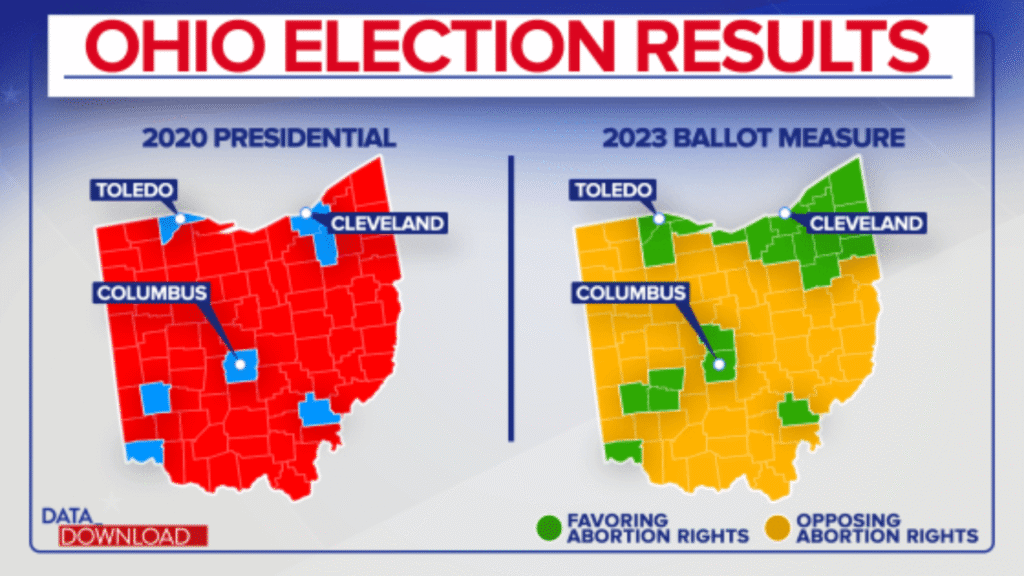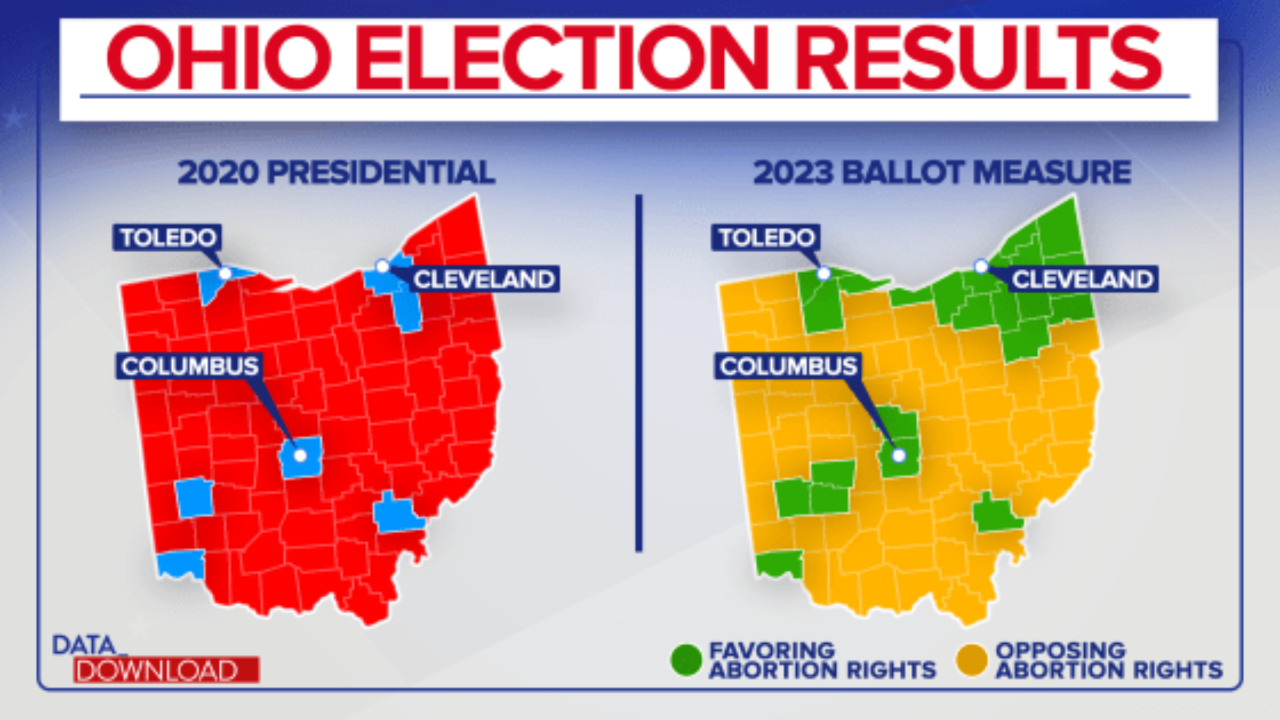
Ballot measures and referendums are powerful tools of direct democracy in Ohio, allowing citizens to influence laws and policies beyond electing representatives. These processes enable Ohioans to propose new laws, amend existing ones, or repeal legislation through voting. This article explores how ballot measures and referendums work in Ohio, breaking down the procedures, types, and significance of these civic mechanisms.
What Are Ballot Measures and Referendums?
In Ohio, ballot measures refer to proposed laws or constitutional amendments that are submitted to voters for approval or rejection. These can be brought forward by citizens or the legislature.
Referendums specifically allow voters to approve or reject laws already passed by the legislature before they take effect.
These tools enable Ohioans to have a direct say in government decisions and hold lawmakers accountable.
Types of Ballot Measures in Ohio
There are three primary types of ballot measures in Ohio:
- Initiative
- Citizens draft a proposed law or constitutional amendment.
- Must collect a required number of valid signatures from registered voters to qualify for the ballot.
- If approved by voters, it becomes law.
- Referendum
- Allows voters to approve or reject laws recently passed by the legislature.
- Citizens collect signatures to place the law on the ballot for repeal or approval.
- If voters reject the law, it does not take effect.
- Legislative Referral
- The state legislature refers a proposed constitutional amendment or law to voters.
- This is a way for the legislature to seek voter approval on major changes or proposals.
How Ballot Measures Get on the Ohio Ballot
The process of placing a measure on the ballot varies by type but generally involves these key steps:
- Drafting the Measure
The wording of the measure is carefully prepared, often with legal assistance. - Signature Collection
For initiatives and referendums, supporters must gather signatures from registered Ohio voters. The number depends on the type of measure and the election year. - Submission and Verification
Signatures are submitted to the Ohio Secretary of State’s office, which verifies their validity. - Certification
Once verified, the measure is certified to appear on the ballot. - Public Campaigning
Supporters and opponents campaign to influence voter decisions.
Signature Requirements
Signature thresholds in Ohio depend on the measure type:
- Initiatives (Statutory Laws):
Signatures equal to at least 5% of the total votes cast for governor in the last election, collected from at least 44 of Ohio’s 88 counties. - Initiatives (Constitutional Amendments):
Higher threshold, about 10% of votes cast for governor, with distribution requirements. - Referendums:
Signatures equal to 6% of votes cast for governor, also distributed geographically.
These requirements ensure broad geographic support across the state.
The Voting Process
Once on the ballot, measures are presented to Ohio voters during elections. Voters can:
- Approve (Yes Vote): The measure passes and becomes law or constitutional amendment.
- Reject (No Vote): The measure fails and does not become law.
A simple majority is required for passage in most cases.
Impact of Ballot Measures and Referendums
Ballot measures and referendums give Ohio citizens a direct voice in shaping public policy on issues ranging from tax laws to social policies and environmental regulations. They serve as a check on legislative authority by allowing voters to overturn unpopular laws or enact new reforms.
Because of their power, these processes are often accompanied by vigorous campaigns and debates, reflecting diverse public opinions.
Advantages and Challenges
Advantages:
- Empowers citizens to participate directly in lawmaking.
- Provides a mechanism to challenge or bypass the legislature.
- Encourages public engagement on key issues.
Challenges:
- Signature collection can be costly and time-consuming.
- Complex legal language may confuse voters.
- Well-funded interest groups may dominate campaigns.
Overview Table of Ballot Measures and Referendums in Ohio
| Type | Purpose | Signature Requirement | Who Can Initiate | Outcome If Approved |
|---|---|---|---|---|
| Initiative (Statutory) | Propose new laws | 5% of governor votes, from 44 counties | Citizens | Becomes state law |
| Initiative (Constitutional) | Amend Ohio Constitution | 10% of governor votes, geographically spread | Citizens | Becomes constitutional amendment |
| Referendum | Approve/reject recent laws | 6% of governor votes, from 44 counties | Citizens | Law approved or repealed |
| Legislative Referral | Legislature proposes amendments | No signatures required | State Legislature | Law or amendment on ballot |
FAQs About Ballot Measures and Referendums in Ohio
Q1: Can anyone propose a ballot measure in Ohio?
Yes, but only registered Ohio voters can gather signatures to qualify a measure for the ballot.
Q2: How often do ballot measures appear on Ohio ballots?
Ballot measures can appear during primary, general, or special elections, depending on when they qualify.
Q3: Are all ballot measures legally binding if approved?
Yes, once approved by voters, they have the force of law or become amendments to the Ohio Constitution.

